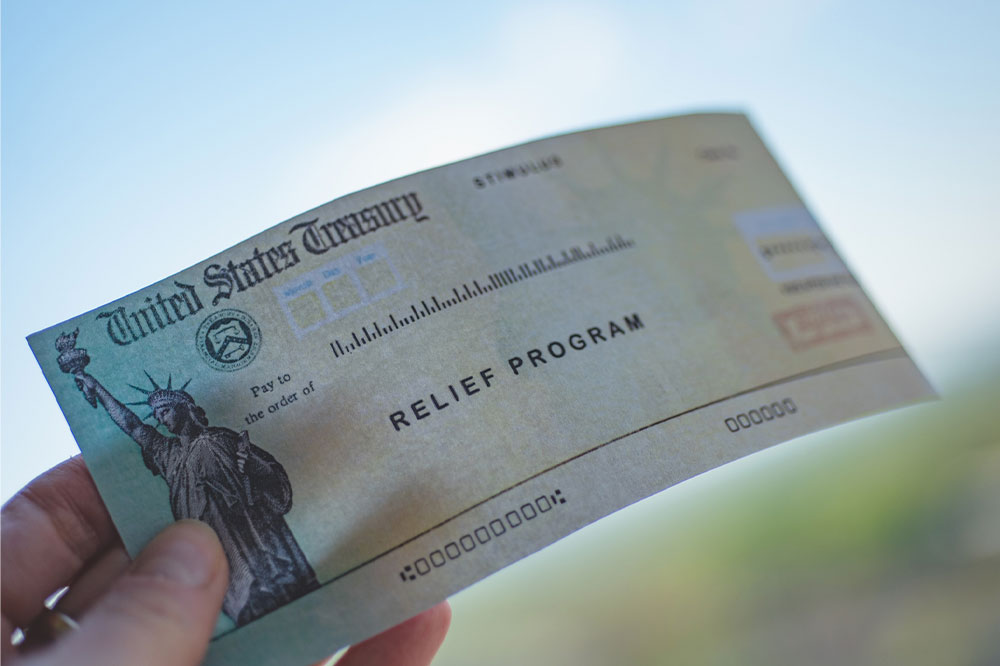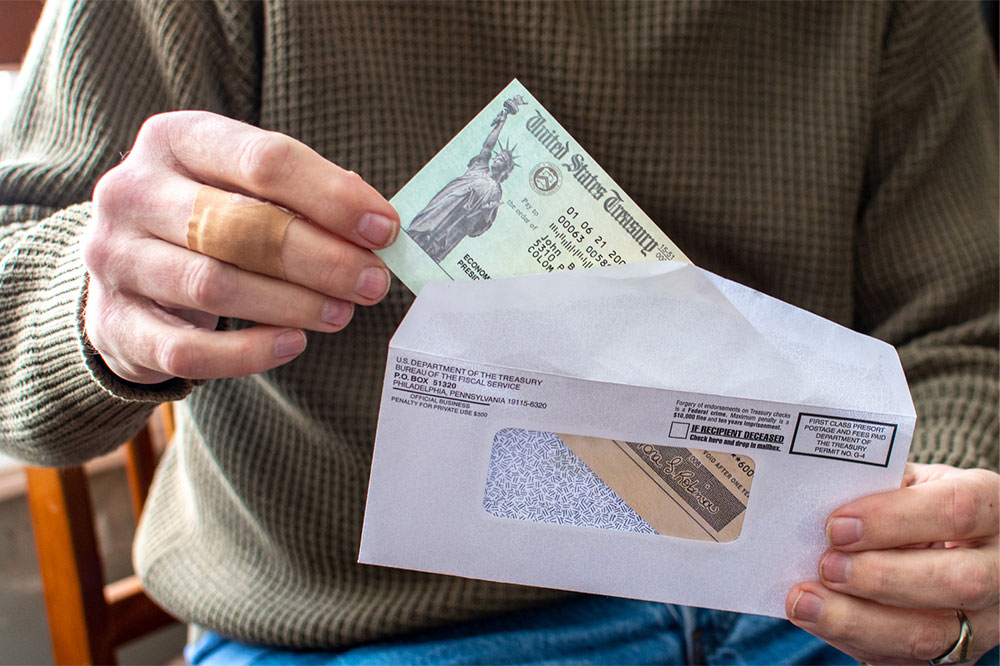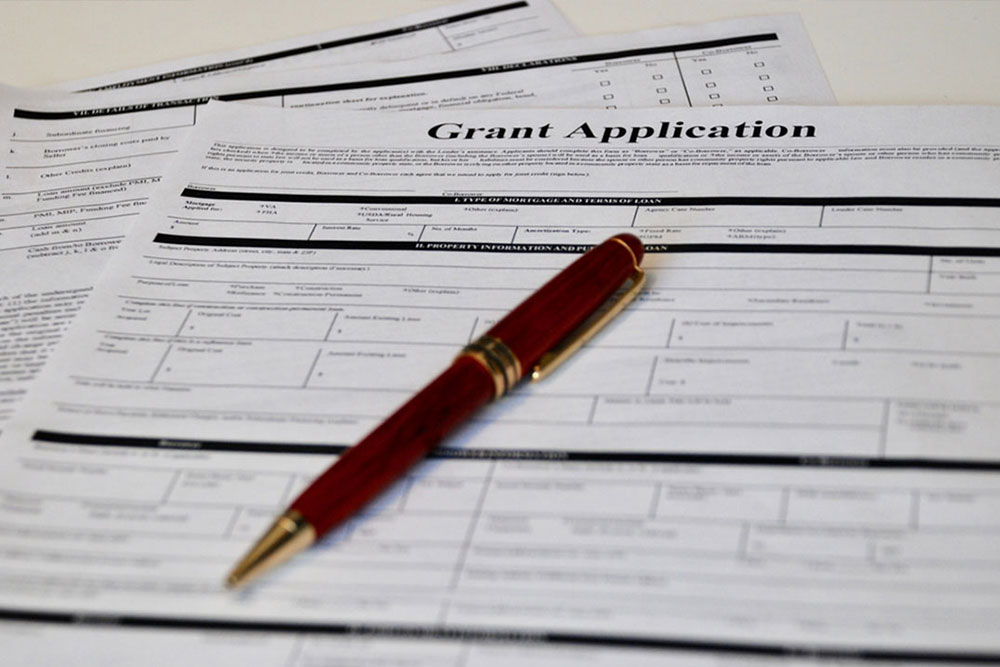Understanding Government Stimulus Checks and Their Impact
This article explains government stimulus checks, their purpose, eligibility criteria, and historical examples. It highlights how these payments aim to boost the economy during crises by providing financial support to individuals and families. Recent programs during the COVID-19 pandemic and state-level initiatives are also discussed, helping readers understand the significance and process of stimulus payments.
Sponsored

Periodically, news reports mention the economy being “struggling” or on the verge of collapse. These headlines can be alarming, especially with complex financial terminology complicating understanding. One key term is economic recovery payments, also known as stimulus checks or rebate distributions. As a contributor to the economy, it's important to understand what these payments entail and how they can influence your financial situation.
What Are Stimulus Payments?
Stimulus payments are funds directly sent to citizens by government agencies via bank transfers or paper checks. The primary goal is to stimulate economic activity by increasing consumer confidence and maintaining spending capacity during tough times.
Recipients can utilize these funds for rent, mortgage payments, daily expenses, savings, or investments. By injecting money into households, the government aims to boost retail sales and manufacturing. These payments are often part of broader fiscal packages designed to support the national economy.
How Stimulus Disbursements Work
Legislation passed by Congress determines eligibility for each round of payments. Some stimuli are provided universally, while others target specific income groups or qualified individuals, including certain government employees. Following legislation approval, agencies like the IRS handle the distribution via checks or direct deposits. Notably, these funds are typically not taxable and vary based on filing status—for instance, married couples often receive twice as much as single filers.
Eligibility for stimulus payments can change depending on economic conditions. Generally, citizens paying taxes qualify, including those receiving social security benefits through a representative payee, who must decide how the funds are used. Importantly, stimulus payments are not classified as Social Security or SSI benefits but are additional financial aid.
Noteworthy Stimulus Initiatives
Understanding past stimulus efforts offers insight into current programs:
2008 Response
During the 2008 financial crisis, the government distributed approximately $120 billion in stimulus checks. Eligibility required earning at least $3,000 from various income sources, with individual recipients receiving up to $600, and joint filers up to $1,200. An extra $300 per child was provided for families with dependents.
2020 COVID-19 Relief
In response to COVID-19 shutdowns, the CARES Act in March 2020 issued stimulus checks of up to $1,400 for eligible adults and $500 for each qualifying child, based on income limits. A subsequent round in December 2020 provided $600 per individual and additional funds per dependent.
2021 Stimulus Package
In March 2021, ARPA facilitated a $1.9 trillion aid package, delivering $1,400 checks to qualifying individuals and dependents. Income limits excluded higher earners from benefits, focusing assistance on those earning less than $75,000 annually or $150,000 for couples.
Stimulus Payments in 2022
As pandemic effects lessen, inflation has become a concern. Several states plan to issue stimulus payments to residents to help mitigate rising prices. If your state participates, check with local authorities for specific details about 2022 aid programs.






